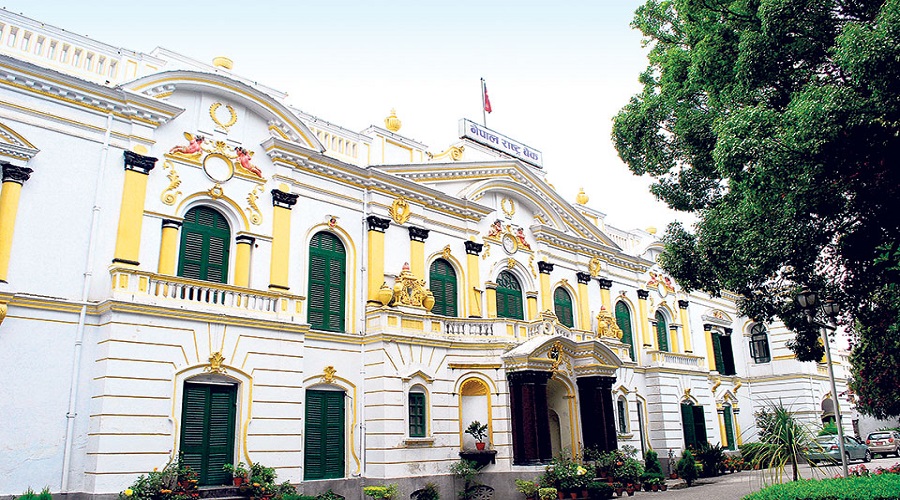KATHMANDU: Nepal Rastra Bank (NRB) is considering adopting an expansionary monetary policy in light of the recent improvement in several macroeconomic indicators in the country.
According to officials from the NRB, the central bank is likely to approve the monetary policy for the fiscal year 2023/24 with the objective of supporting the government’s target of achieving six percent economic growth.
Prakash Shrestha, executive director of the NRB, stated, “Given the improved liquidity position of banks and the downward trend in interest rates due to the economic slowdown, it is not necessary for the central bank to adhere to a tight monetary policy.”
The NRB is expected to implement the new monetary policy within the next two weeks, following the collection of public opinions, with a deadline set for last Sunday.
In order to address the rising consumer prices, the central bank is likely to allow banks to increase private sector lending by up to 15 percent. This is an increase from the current fiscal year’s limit of 12.6 percent.
As of mid-May, Nepal had a balance of payments surplus of Rs 214.67 billion. Remittance inflows have been consistently rising, and with improved external sector indicators, the country now possesses sufficient foreign currency reserves to finance imports of goods and services for approximately 10 months.
Controlling the escalating inflation rate is currently the main challenge, as the inflation rate reached a high of 7.41 percent during the review period. However, the declining interest rates on bank loans could help mitigate the inflation rate.
The government has set a target of six percent economic growth for the next fiscal year, with the budget aiming to keep the inflation rate at 6.5 percent.
The private sector has been urging the NRB to lower the lending rates of banks to single digits. However, bankers have cautioned the central bank about the potential risks associated with a sharp decline in interest rates.
They fear that extremely low interest rates could lead to increased unproductive spending, which may result in another liquidity crisis.
BFIs experiencing excess liquidity
Banks and financial institutions (BFIs) are currently grappling with excess liquidity due to increased deposits coupled with low loan issuance.
Data from the Nepal Rastra Bank (NRB) shows that BFI deposits have increased by over Rs 100 billion in the past two and a half months. Deposits rose from Rs 5.473 trillion in mid-April to Rs 5.583 trillion as of Monday.
On the other hand, loans issued by BFIs amounted to Rs 4.863 trillion, causing the credit-deposit ratio to plummet to a low of 83.92 percent.
With increased liquidity in the banking system, the interbank lending rate has fallen to 2 percent from its previous level of 8.5 percent.
Additionally, banks have significantly reduced their utilization of the Standing Liquidity Facility (SLF) provided by the NRB over the past three months. Previously, during times of extreme liquidity crisis, banks would rely on the SLF on a daily basis.

